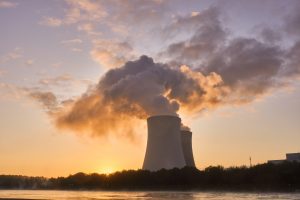Nowadays, waste stream valorization is one of the possible options to increase the sustainability within steel industry. The processes of steelmaking generate a waste gas steam of Blas Furnace Gas (BFG) which can be valorized as fuel in the subsequent steel production furnaces, by reducing the use of Natural Gas (NG) and increasing the efficiency of the whole steelmaking process. However, this innovative application needs advanced control of the furnaces and monitoring of the combustion.
Therefore, researchers have started to acquire images inside of BFG co-firing semi-industrial furnaces, employing a color camera. These images can be processed to extract specific characteristics, and they can be used to develop models for the prediction of combustion variables.
Several analyses were carried out on the co-firing in a semi-industrial furnace. In particular, a test campaign has been carried out with three fuel blends (100 %v Natural Gas (NG), a mix of 30 %v NG and 70 %v BFG, and 100 %v BFG), characterized by different air-fuel ratios.
This application is quite pioneering considering that the previous literature related to combustion monitoring and control was focused on lab-scale facilities whereas this one is applied to a semi-industrial contest.
Full analysis and results are available in this paper.



